Since the 1990s, each year Bilkent University Electrical and Electronics Engineering (EEE) Department and the IEEE Bilkent Student Branch organize the Graduate Research Conference (GRC), where Bilkent EEE graduate and selected undergraduate students present their work in a festival of information sharing. During this day-long event, Bilkent EEE graduate students describe their state-of-the-art research projects in interactive oral and poster presentations and selected undergraduate students present their course project demos.
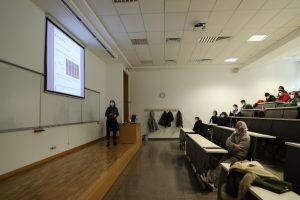
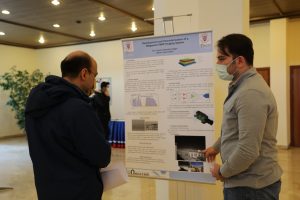
The 32nd GRC took place face-to-face on Thursday, 27 January 2022 in the EE Building and Mithat Çoruh Auditorium. The event offered a day full of knowledge sharing, and a unique opportunity for undergraduate students to experience the world of research in engineering and science conducted in the EEE Department at Bilkent University.

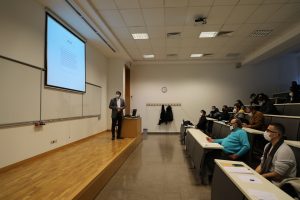
This year’s schedule included 68 oral presentations grouped into 12 sessions, with three sessions taking place concurrently during each of the 4-time blocks. In the presentations, the graduate and selected undergraduate students shared their novel research projects and answered questions from the audience. Various areas of electrical and electronics engineering, including artificial intelligence and machine learning, signal processing, communications and networking, biomedical engineering, electronics, electromagnetics, control and robotics, optics and photonics, and nanotechnology, were covered. More than 200 participants, including Bilkent EEE graduate and undergraduate students, attended the conference.
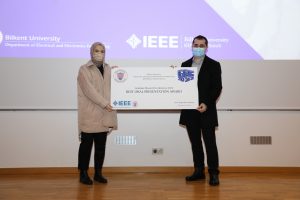
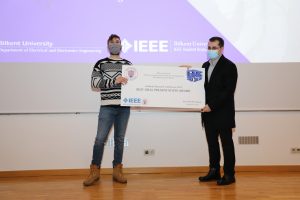
The conference concluded with the award ceremony, at which 4 best oral presentation awards and 1 poster presentation award were given out by the department. The conference was chaired by Asst. Dr. Muhammed Ömer Sayın. The graduate students Merve Begüm Terzi and Ahmet Safa Öztürk, along with the undergraduate students from the IEEE Bilkent Student Branch, took part in organizing the event. More information about the GRC can be found at https://ieee.bilkent.edu.tr/grc2022/index.html
Below are the awarded talks presented at the conference:
Best Oral Presentation Awards:
- ResViT: Residual vision transformers for multi-modal medical image synthesis
Onat Dalmaz, Mahmut Yurt, Tolga Çukur
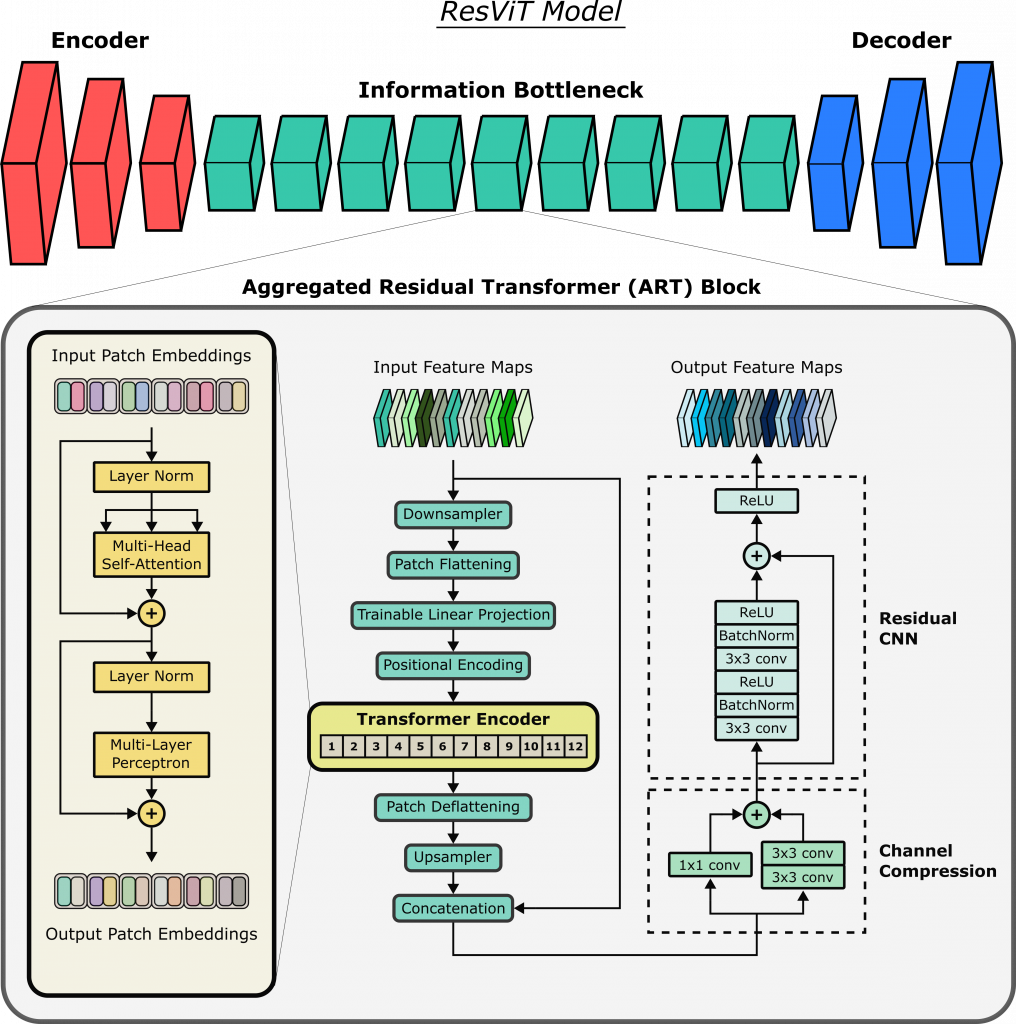
Generative adversarial models with convolutional neural network (CNN) backbones have recently been established as state-of-the-art in numerous medical image synthesis tasks. However, CNNs are designed to perform local processing with compact filters, and this inductive bias compromises learning of contextual features. Here, we propose a novel generative adversarial approach for medical image synthesis, ResViT, that combines the contextual sensitivity of vision transformers with the precision of convolution operators and realism of adversarial learning. ResViT’s generator employs a central bottleneck comprising novel aggregated residual transformer (ART) blocks that synergistically combine residual convolutional and transformer modules. Residual connections in ART blocks promote diversity in captured representations, while a channel compression module distills task-specific information. A weight sharing strategy is introduced among ART blocks to mitigate computational burden. A unified implementation is introduced to avoid the need to rebuild separate synthesis models for varying source-target modality configurations.
- Straggler Mitigation through Unequal Error Protection for Distributed Approximate Matrix Multiplication
Büşra Tegin, Eduin Hernandez, Stefano Rini, Tolga M Duman

Large-scale machine learning and data mining methods routinely distribute computations across multiple agents to parallelize processing. The time required for the computations at the agents is affected by the availability of local resources and/or poor channel conditions, thus giving rise to the “straggler problem.” In our study, we address this problem for distributed approximate matrix multiplication. In particular, we employ Unequal Error Protection (UEP) codes to obtain an approximation of the matrix product to provide higher protection for the blocks with a higher effect on the multiplication outcome. We characterize the performance of the proposed approach from a theoretical perspective by bounding the expected reconstruction error for matrices with uncorrelated entries. We also apply the proposed coding strategy to the computation of the back-propagation step in the training of a Deep Neural Network (DNN) for an image classification task in the evaluation of the gradients. Our numerical experiments show that it is indeed possible to obtain significant improvements in the overall time required to achieve DNN training convergence by producing approximation of matrix products using UEP codes in the presence of stragglers.
- RIS-aided Localization Under Imperfect Knowledge of System Parameters
Cüneyd Öztürk, Musa Furkan Keskin, Henk Wymeersch, Sinan Gezici
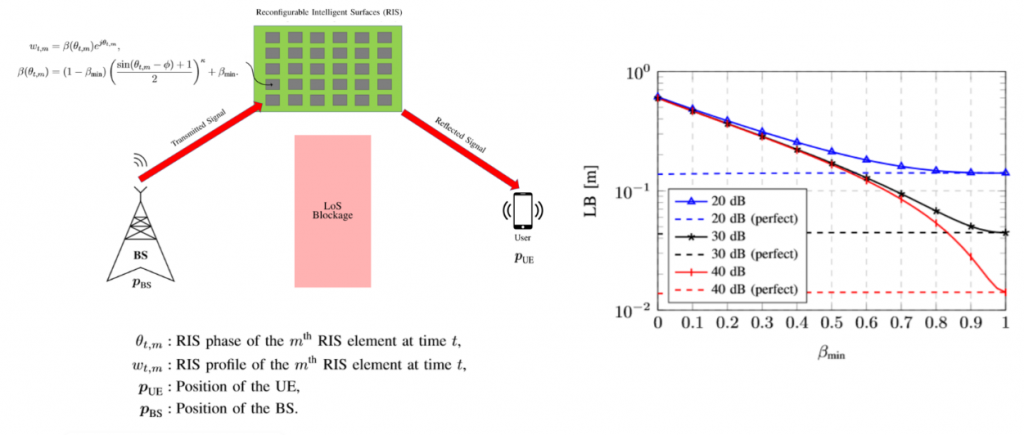
A reconfigurable intelligent surface (RIS)-aided near-field localization system with single antenna user equipment (UE) and base station (BS) under imperfect knowledge of the RIS amplitudes is investigated. We employ the misspecified Cramer-Rao bound (MCRB) in order to analyze the localization performance under the mismatch between the practical model with unit-amplitude RIS elements. The practical phase shift model depends on the RIS related circuit parameters given by 𝛽min, 𝜅, and 𝜙. The lower bound (LB) on the mean-squared error for estimation of UE position is evaluated based on the MCRB derivation. In simulations, it is shown that the performance degradation due to the model misspecification becomes more severe with increasing SNR. Furthermore, the mismatched maximum likelihood (MML) estimator is derived and found to the tight to the LB in the high SNR regime.
- Evolution of Nonlinear Feedback-driven Self-organising Systems
Özgün Yavuz, Ghaith Makey, Onur Tokel, Serim Ilday, Fatih Ömer Ilday
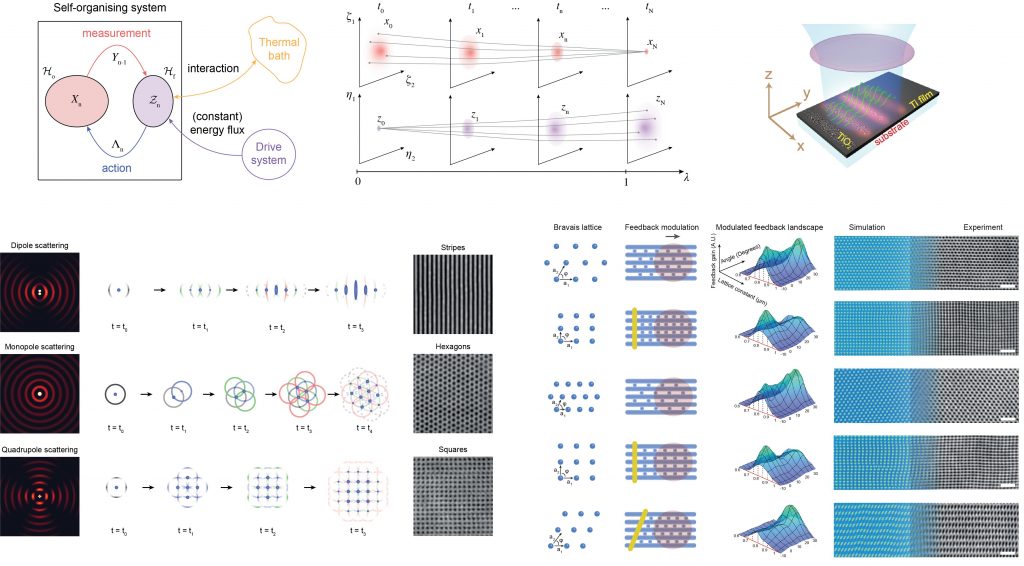
Self-organisation is ubiquitous in nature from atomic, nanometre to kilometre scale. However, there is no general method that allows one to determine the resulting pattern, which has severely limited technological applicability of self-organised processes. In contrast, it is well known in the laser community that a laser cavity evolves into the state in which its gain is maximised. Surprisingly, this result is not widely known outside of laser physics and was never proven. Here, we show that during self-organisation, order is created from disorder through feedback. This allows us generalise the dictum of mode-locking as maximisation of the feedback gain. We corroborate the feedback gain approach with an analogy to the celebrated path integral formulation in quantum mechanics. We demonstrate this principle in laser-induced self-organised formation of nano-structures. Engineering the amount of feedback seen by each competing pattern enables us to direct the evolution of the self-organisation to virtually any final state. We experimentally and theoretically demonstrate fabrication of all possible Bravais lattices on a material surface. The approach introduced here can be applied to a broad class of self-organised systems.
Best Poster Presentation Award:
- Dynamic MRI Reconstruction
Mert Acar, Tolga Çukur, İlkay Öksüz

Deep learning techniques have recently been adopted for accelerating dynamic MRI acquisitions. Yet, common frameworks for model training rely on the availability of large sets of fully-sampled MRI data to construct a ground truth for the network output. This heavy reliance is undesirable as it is challenging to collect such large datasets in many applications and even impossible for high spatiotemporal resolution protocols. In this paper, we introduce self-supervised training to deep neural architectures for the dynamic reconstruction of cardiac MRI. We hypothesize that, in the absence of ground-truth data, elevating complexity in self-supervised models can instead constrain model performance due to the deficiencies in training data. To test this working hypothesis, we adopt self-supervised learning on recent state-of-the-art deep models for dynamic MRI, with varying degrees of model complexity. Comparison of supervised and self-supervised variants of deep reconstruction models reveals that compact models have a remarkable advantage in reliability against performance loss in self-supervised settings.